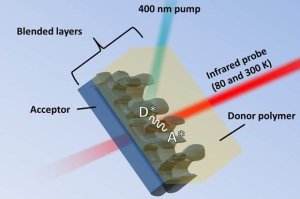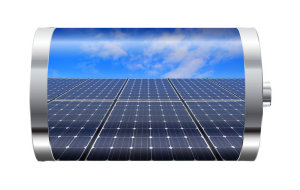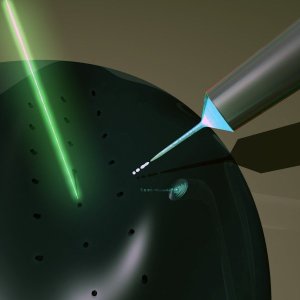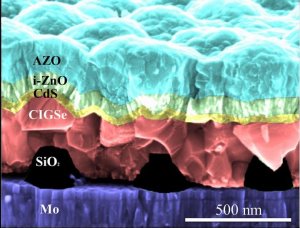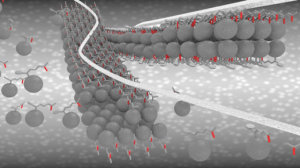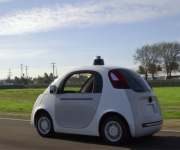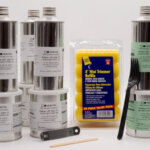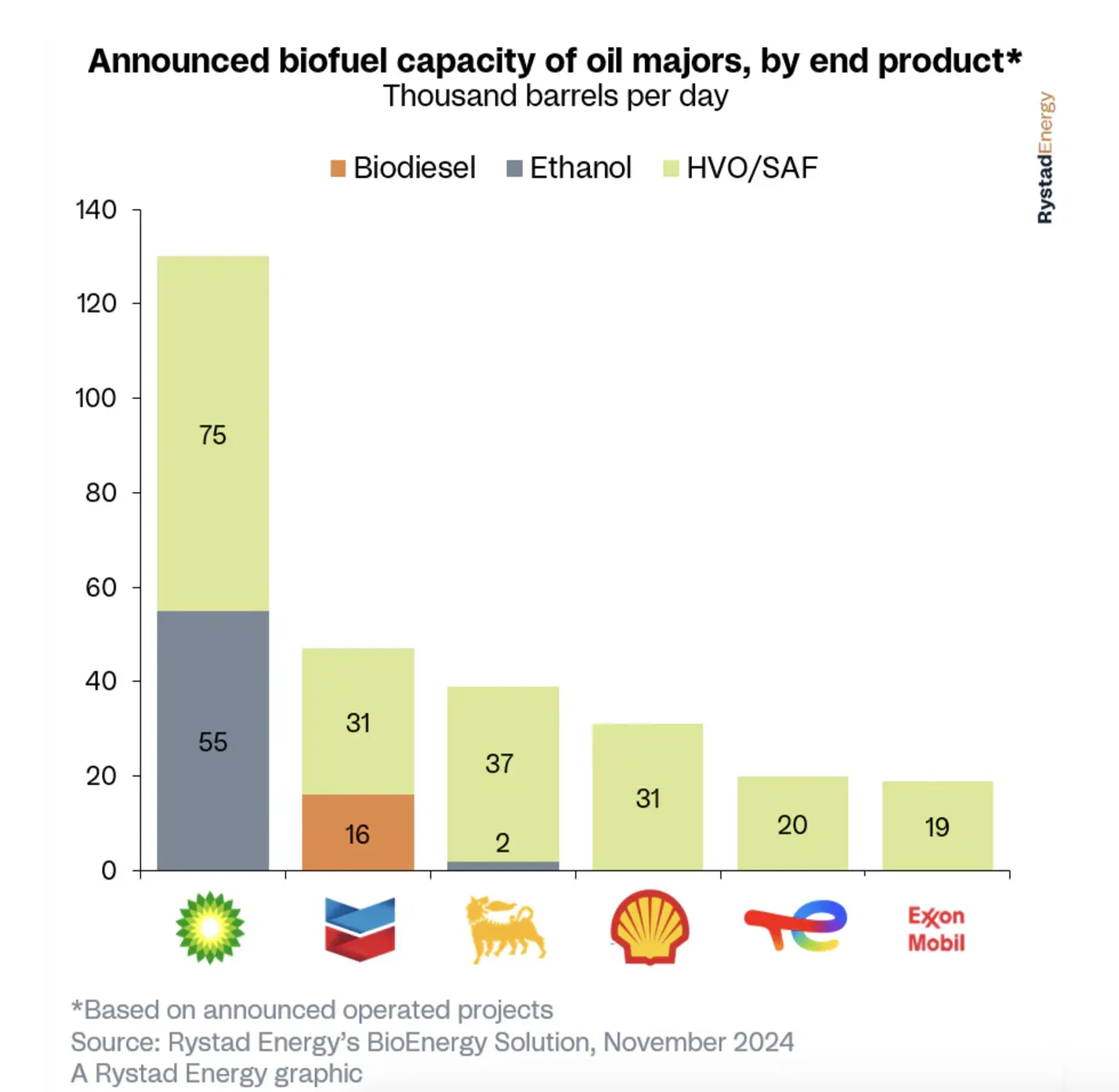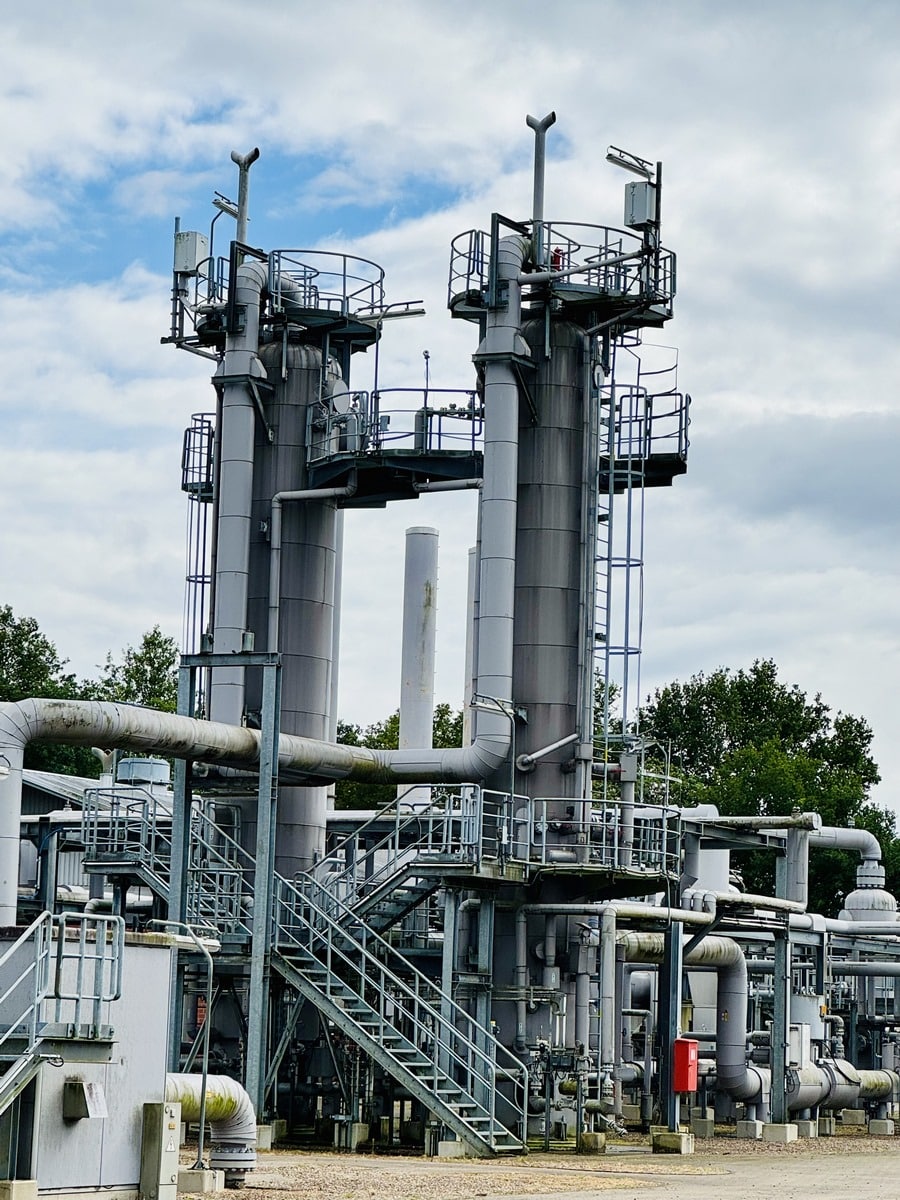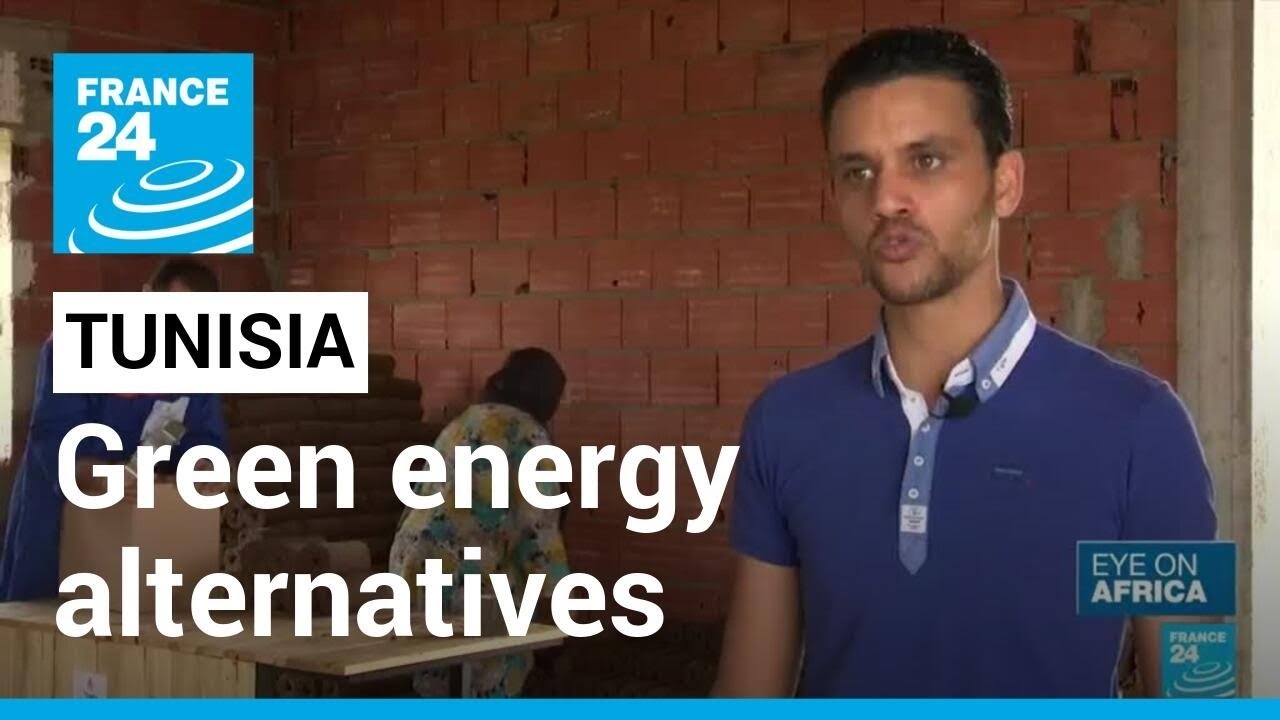This story was originally published by Mother Jones and is reproduced here as part of the Climate Desk collaboration. If you drive out to visit Disney’s Epcot center in Orlando, Fla., you will arrive at one of the biggest parking lots in America. With room for 12,000 cars, it sprawls out over 7 million square feet — about the size of 122 football fields. If you look at the lot on Google Maps, you realize that it’s nearly the size of Epcot center itself. Disney built one Epcot to hold the visitors. Then it built another to hold the cars. Disney isn’t alone in its expansive approach to parking. Parking is, after all, what cars do most of the time: The average automobile spends 95 percent of its…

